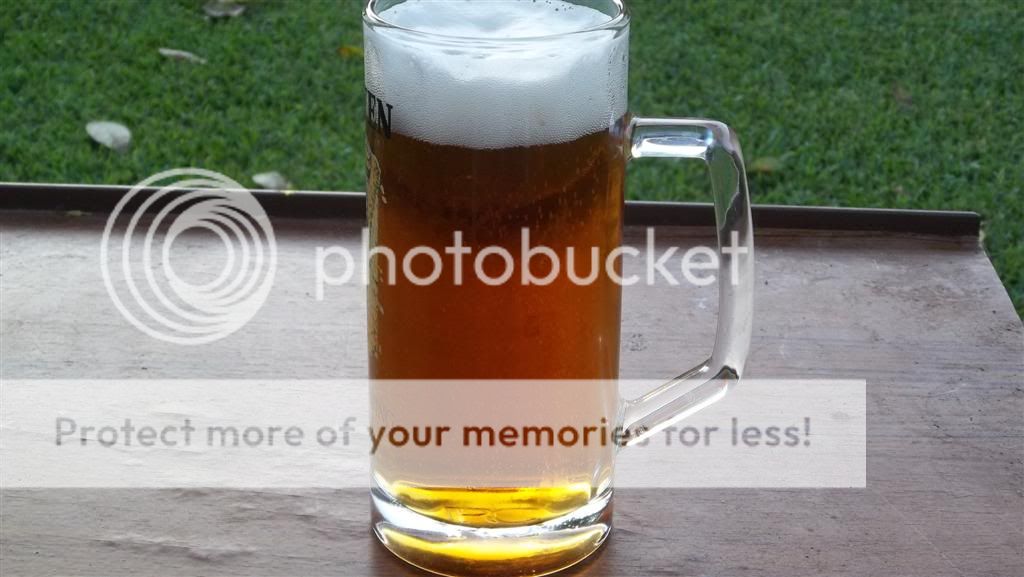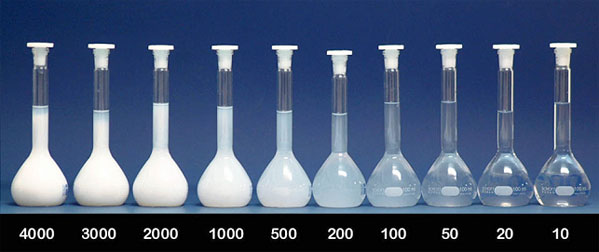which part are you struggling to understand. where did it say he spent $5000 on education?
what is the purpose of your post? dont u like it when someone has something intellectual to say?
Sorry Doug, but you have confused me now - you have attributed my words to 'Glen W', but as he continued the misquote started by Nick JD I guess that I am everyones target tonight.
If you look back at my original post, I said that I had spent that money on education AND professional texts. These are the same textbooks used in brewing education courses so it probably doesn't matter much but it does bug me that folks can be so careless with the facts when it suits their motive.
Spending $5,000 on a course may make me seem to be someone who has just attended a week long course. I was trying to show that I had spend my time building a reference library that I enjoyed reading and pondering about.
I referred to the
paper as it was a neat summary of the
issues as I understand them. While it may seem that the conclusions are saying that "turbid worts are good" you do need to read that carefully and in context.
"Unfortunately, in many papers a reliable definition is missing regarding the terms turbid and bright wort, making a quantitative evaluation difficult".
The conclusion then goes on to say that "the average lauter turbidity dropped tremendously, now reaching a value of roughly 10 EBC units when applying state-of-the-art technologies ... yeast performance has been continuously improving in practical operations. With these two aspects in mind, the question arises whether the threat of a quality loss, possibly originating from lauter turbidity, is nowadays overestimated.
Since a proper fermentation is a premise for a high beer quality, it has to be questioned whether the todays lauter turbidity may be too low to provide a proper yeast nutrition."
Taking the above quotation "as written", the authors are stating that a wort turbidity of 10 EBC units may be too low to provide proper yeast nutrition.
10 EBC=2.45 NTU which you can see from the following samples is very bright.
So the only support that the conclusion would seem to offer the Turbid supporters is:
"Therefore, it seems to be worthwhile to discuss a new statement of preferring a moderate lauter turbidity, within the range of lauter turbidities currently observed, instead of the minimum turbidity that is technically realizable today in order to provide proper yeast nutrition and to minimise adverse quality effects at the same time."
So, effectively bright worts may not provide sufficient yeast nutrients - but care should be taken to still avoid the "adverse quality effects" that can result from increasing the turbidity of the wort. Commercial breweries are under cost constraints so would take every opportunity to save time during lautering and gain some free yeast nutrient.
The small scale brewer at their very best, produce worts far more turbid than contemplated by this article. They also lack the measurement and process controls needed to reliably ensure good fermentation if conditions are less than optimal.
But we all have access to cheap yeast nutrient which removes the only benefit that having some wort turbidity offers - so why risk it ?
Nowhere have I said that anyone should do this or that to slavishly obtain crystal clear wort. I simply stated my understanding, suported by my reading of the professional brewing texts - that wort clarity has a significant effect on beer quality and stability.
May all your worts run clear !






